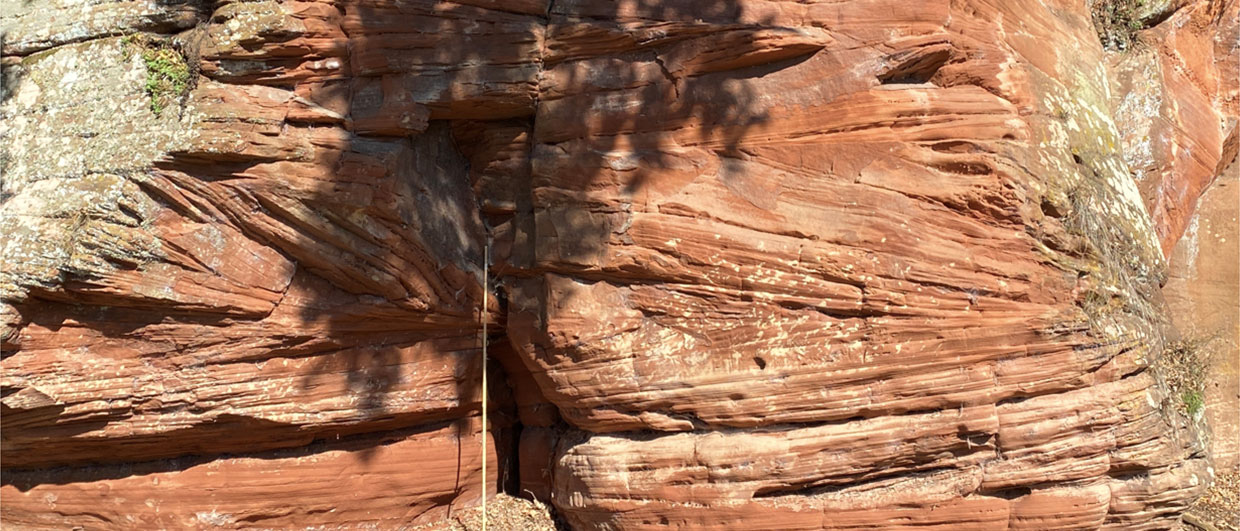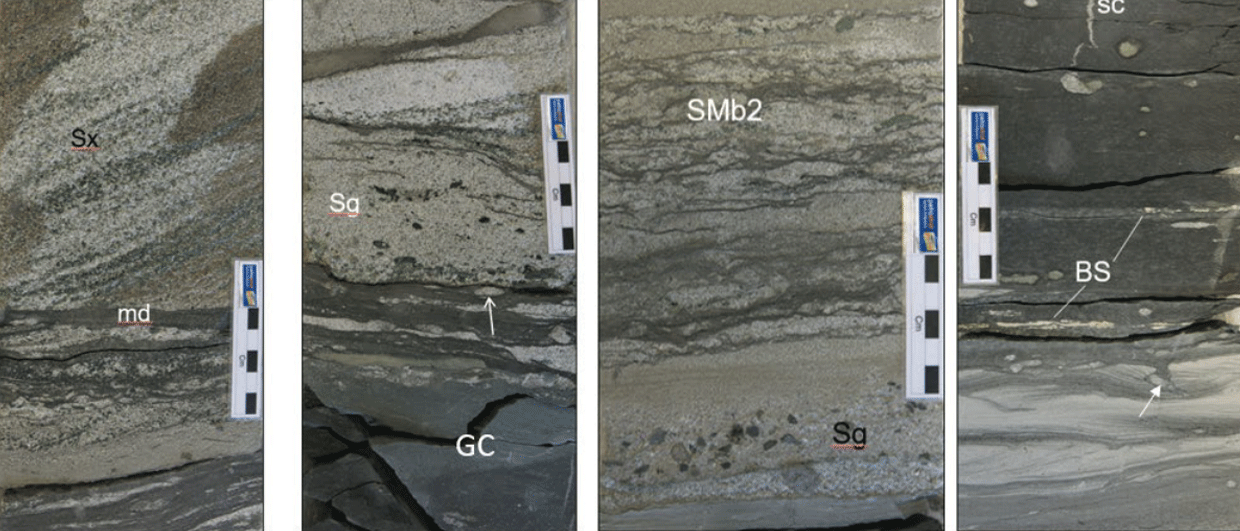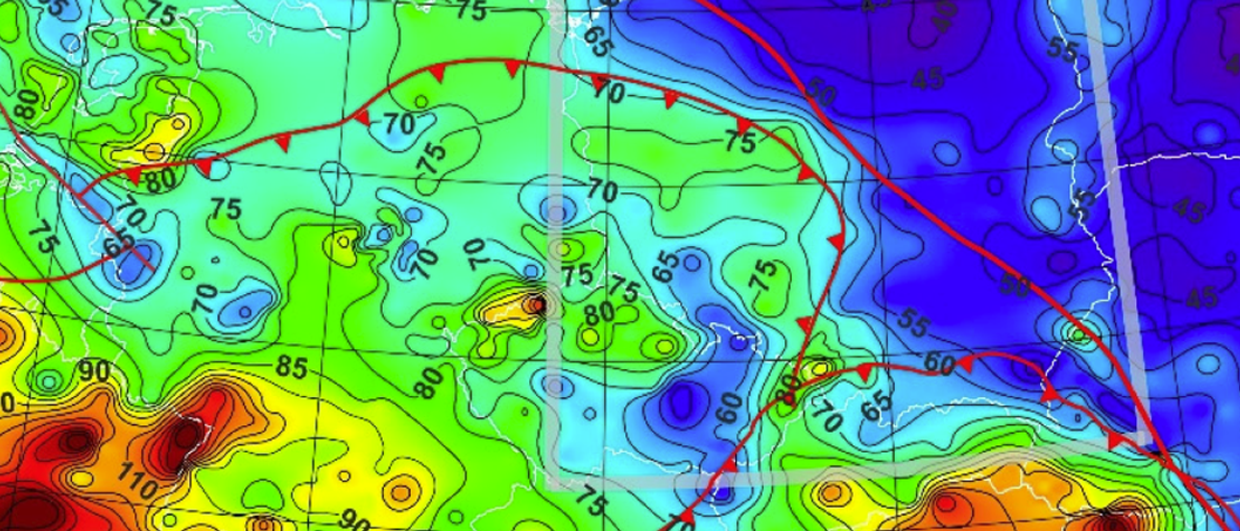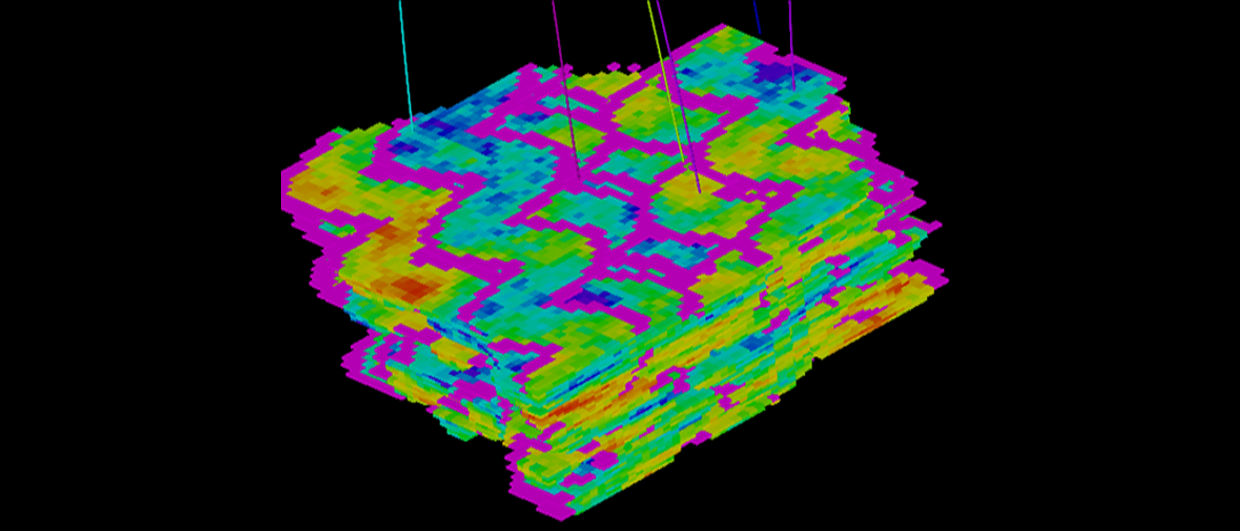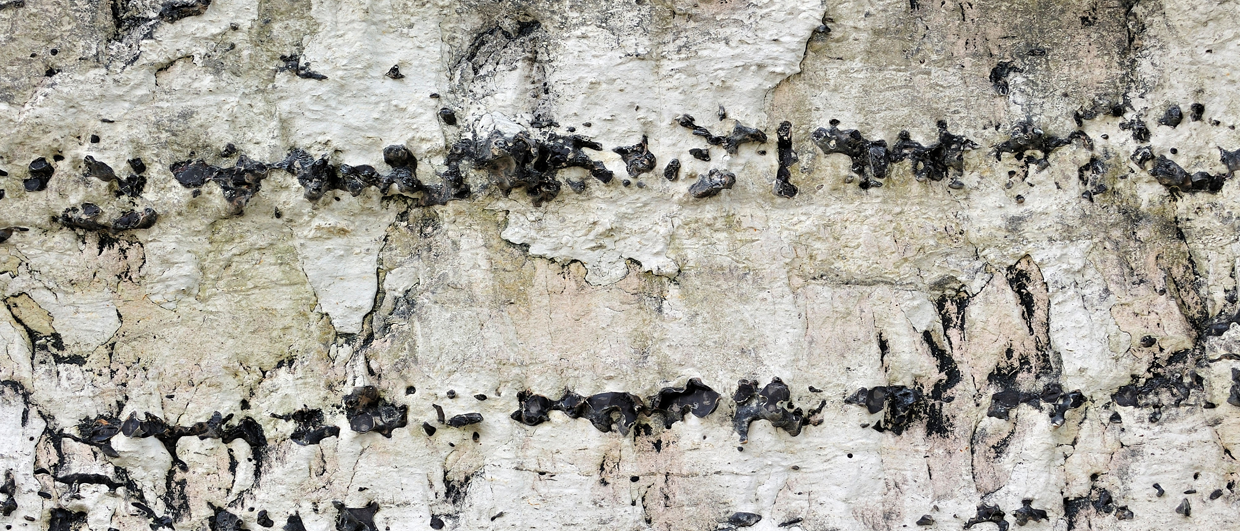The German Eifel hosts some great outcrops of the Lower Triassic ‘Buntsandstein’, such as this one featured here near the village of Bitburg. These sandstones were deposited in an arid environment and consist of braided river, overbank sabkha and aeolian deposits. The Southern North Sea equivalents of these sandstones not only form (minor) gas reservoirs, but they also play an important role in the energy transition. Both the storage reservoirs of the Porthos CCS project in the Netherlands and the Endurance CCS project in the UK consist of these sandstones.
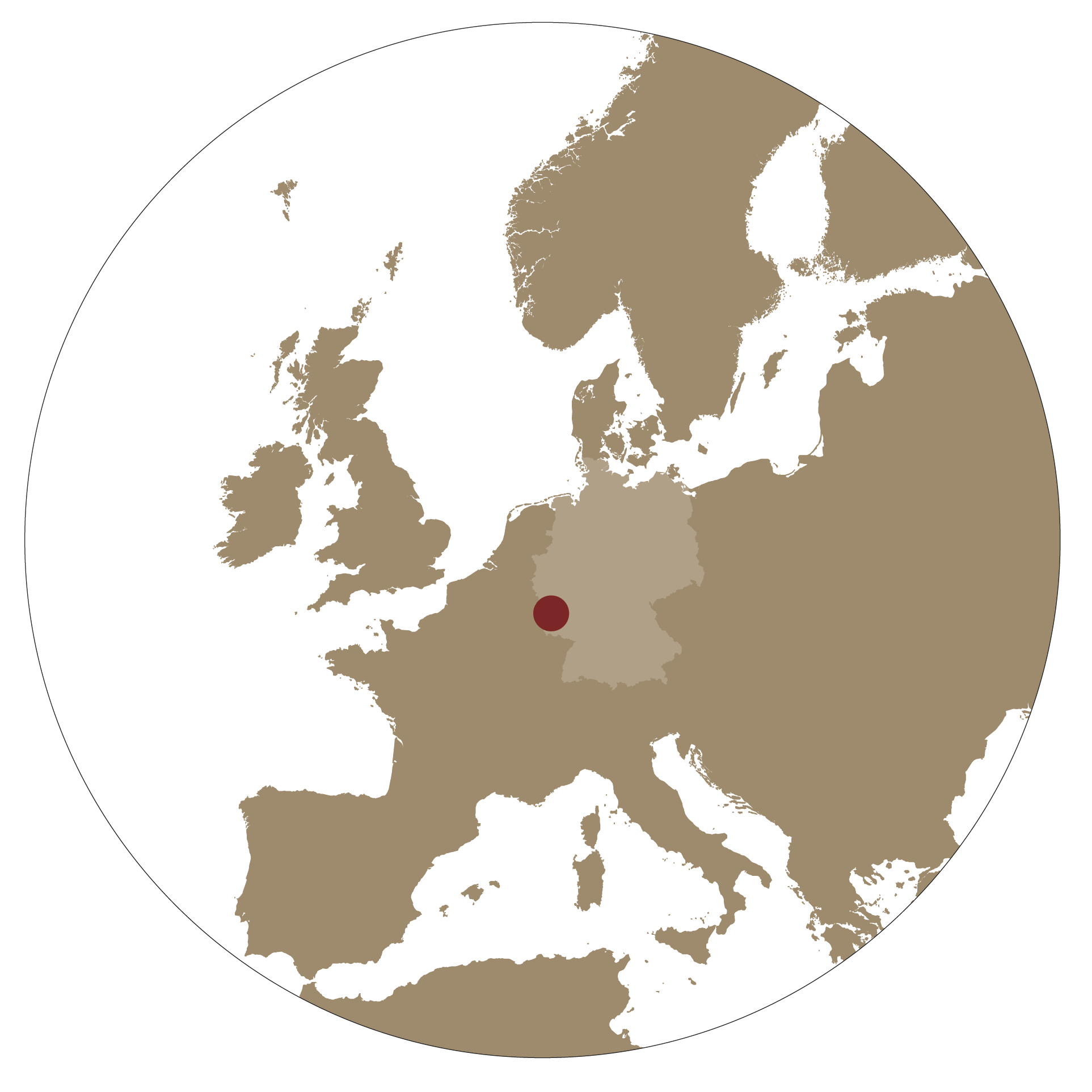
The Buntsandstein outcrops near the Bitburg reservoir offer the opportunity to study the sedimentary development of these deposits over tens of meters. The outcrop shown here consists of aeolian deposits sitting on top of a gravelly floor. The cross-bedding is fairly low-angle at the base, changing upwards to high(er)-angle cross-bedding. Cross-beds are present in sets with a bounding surface above and below. Several apparent wind directions can be seen, although it should be noted that the face of the outcrop is not flat and the cross-section is not necessarily perpendicular to prevailing wind direction. The measuring stick in the middle of the picture is 2 m long.
Feature your outcrop
In this series, we show a range of outcrops to give more context to what core interpretation typically allows. Do you have a suggestion for an outcrop feature? Get in touch with Henk Kombrink – henk.kombrink@geoexpro.com.

